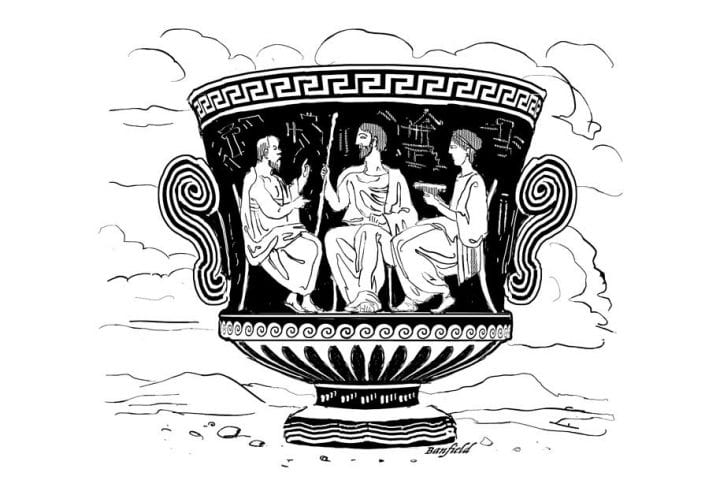Books Reviewed
In 1856, a failed priest-botanist painted a picture in seven dimensions. It was a picture of a plant; more specifically, the mathematical nature of a plant. Capturing this plant’s nature required answering seven questions—three on color and one each on height, shape, location, and texture. Each question had only two possible answers: green or yellow, purple or white, tall or short, smooth or wrinkled, near or far, big or small.
This Cubist conceptualization of botany is the backbone of modern genetics. The multi-dimensional picture is the plant’s phenotype, its set of observable traits. Traits are controlled by genes, which come in one of two forms (alleles). Alleles combine with certain probabilities that can be calculated using neat little (Punnett) squares. Father Gregor Mendel’s avant-garde description of the pea plant is now taught as an elementary exercise in fractions.
A genetics student finds nothing shocking about this picture, just as an art student wanders past Picasso’s Les Demoiselles d’Avignon without being scandalized. Yet Mendel’s picture should dazzle and horrify. The seven features he selected seem innocuous—textures and colors of seeds and flowers and pods. Each carefully hand-selected trait, however, unlocks an additional dimension: time. These particular traits offer a vantage point from which you can watch the life





